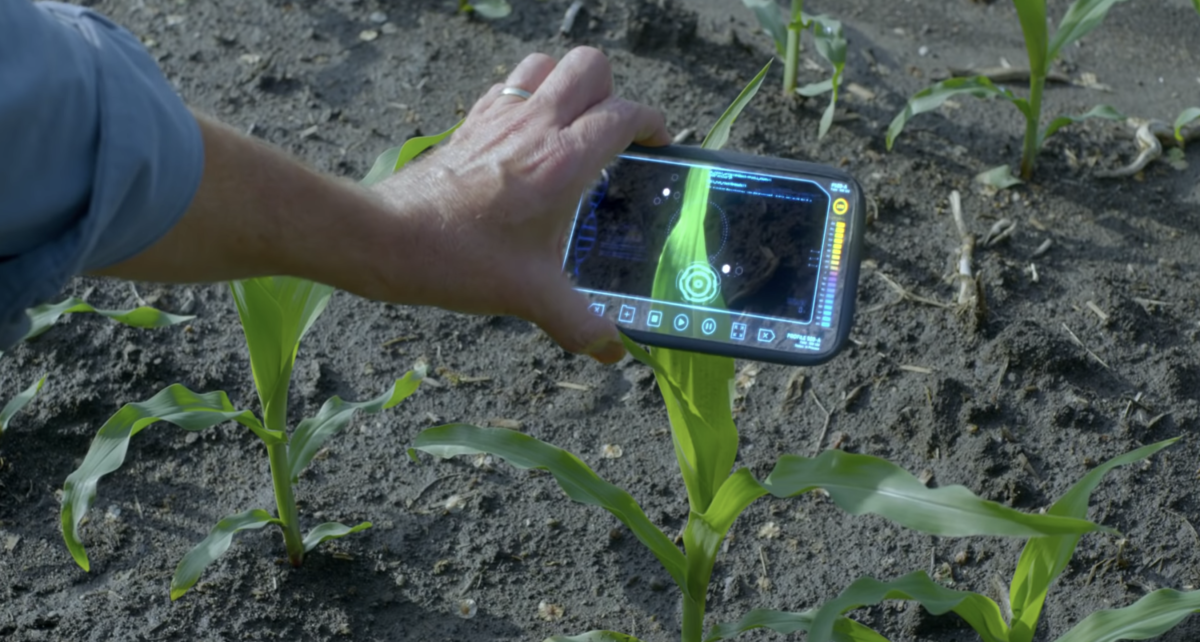ASML was founded in 1984 and is one of few companies worldwide producing machines that can make semi-conductor chips. ASML serves customers like Samsung, Intel and TSMC (ASML 2018). ASML employs over 19.000 people in 16 countries (ASML 2018). One of ASML’s core competencies is that they always strive to develop leading technology for creating the most small and efficient chips to keep up with Moore’s Law. But how consistent is Moore’s Law? And can ASML contribute to the society keeping up with Moore’s Law?
ASML is confident that they found several ways to keep scaling up transistor capacity of chips for the next 20 years (ASML Annual Report 2017). It is needed to print transistors in a smaller size. Print-lasers need to come closer to the minimal natural spot-size of light. There are two options to achieve this: use techniques that can utilize light, of a certain wavelength, to the limit or use light of a shorter wavelength. Currently ASML’s machines use the Extreme Ultra Violet lithography technology, it has a wavelength of 7 to 13.5 nanometers (Benschop, 2014). Printing with a precision of 7 nanometes is a big achievement, but ASML is striving for further rise of print precision. They have two technologies in mind, Massively Parallel Electron beam lithography and/or Multiple patterning immersion, both the technologies are in the introduction phase of its lifecycle. With Electron beam technology, groups of electrons are shot at a surface to basically ‘draw’ a pattern. Multiple patterning is combining several beams of EUV light and pattern them in an extra dimension. Transistors shift from two dimensional to three dimensional components. The big question is: what technology should ASML focus on? Let’s consider some pros and cons of both the technologies:
Electron Beam Lithography
+ Really low printing resolution (only the size of one electron wide)
+ Low energy usage
– Low production speed
– Extremely high costs
Multiple Patterning Immersion
+Based on current technology, so low in costs
+Easier to produce machines that can be sold in large numbers
+Lowers printing resolution up to a few nanometers
– High energy usage
– High maintenance costs
To conclude the two technologies, Electron beam has a higher potential print precision and energy usage is low. On the other hand, the production speed is low, and the costs are extremely high. Hence, Multi patterning has low costs, lots of research is already done as it is based on current technologies, and it has the potential to be sold in large numbers. Advantages are the high use of energy and high maintenance costs. If the only goal is to keep up with Moore’s law the decision is clear: Electron beam has the most precise printing resolution. Nevertheless, ASML needs to take several considerations into account. What is the most profitable option? What has the highest potential on the short term? How to balance high/low fixed costs and low/high variable costs? All questions are relevant to ASML’s current decision. Leaving one question unanswered: Why exactly do we want to keep up with Moore’s Law?
References:
- Asml (2017) Asml annual report 2017.[ Online] Available at: https://staticwww.asml.com/doclib/investor/annual_reports/2017/downloadcenter/reports/asml_20180207_2017_Integrated_Report_based_on_IFRS_FINAL.pdf
- Asml (2018). Risk Factors. [Online] Available at: https://www.asml.com/management-board-report/risk-factors/en/s39585?rid=39589
- Benschop, J., 2014. De kennis van nu: Licht [Interview] (27 december 2014).


